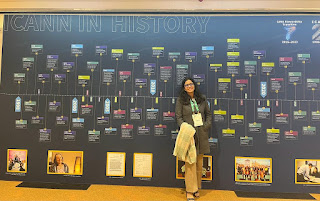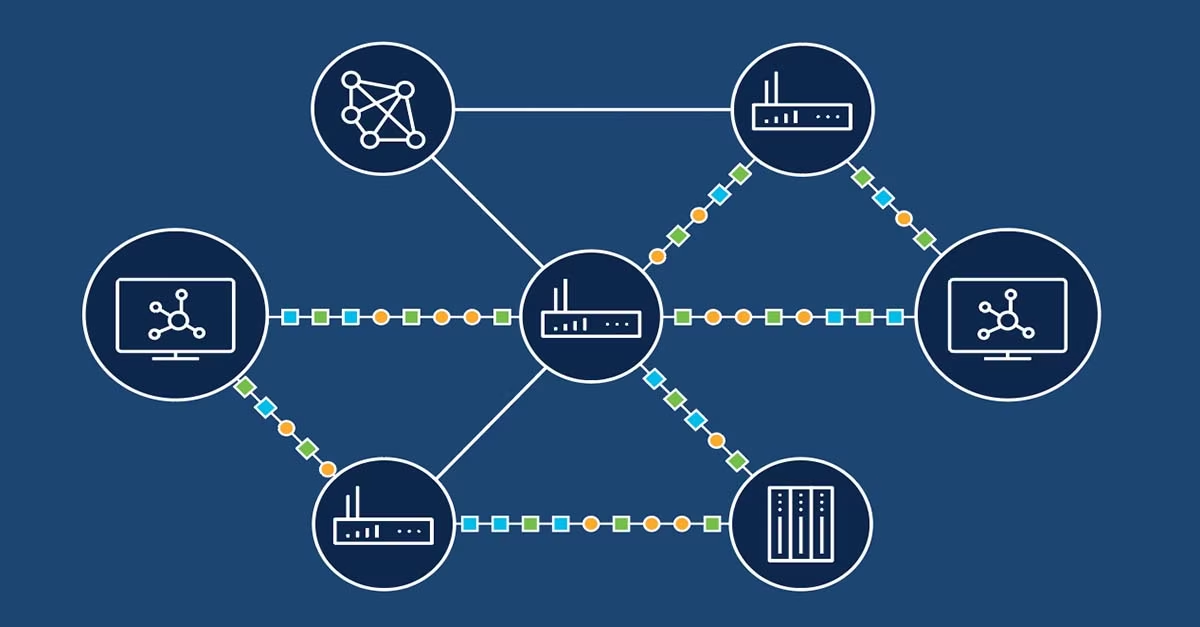NetMission.Asia Ambassador: A journey of Exploring Internet Governance through an Asia Pacific Perspective"
Initially, my encounter with the term " internet governance " left me with a vague understanding, as Google's explanation provided only a basic overview. However, my curiosity was piqued, prompting me to delve deeper into the subject. This journey into the realm of internet governance commenced last year, around mid-April, with my involvement in 'Youth Internet Governance-INDIA' (https://youthigf.in/). Through YIGF-India, I gained valuable insights into Internet governance, particularly from the perspective of my home country, India. Expanding my horizons to encompass the Asia Pacific region, I embarked on a new path with NetMission.Asia (https://netmission.asia/). NetMission.Asia is described as a network comprising passionate young individuals from Asia, committed to engaging and empowering youth in internet governance discourse. Their goal is to foster youth mobility and effect positive change within Asia through impactful initiatives in Internet governance. Th...


